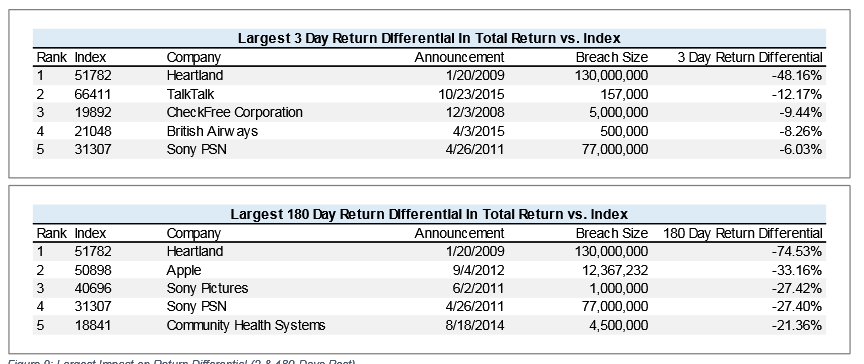The Cozy Bear hackers are in a space in a university building near the Red Square. The group’s composition varies, usually about ten people are active. The entrance is in a curved hallway. A security camera records who enters and who exits the room. The AIVD hackers manage to gain access to that camera. Not only can the intelligence service now see what the Russians are doing, they can also see who’s doing it. Pictures are taken of every visitor. In Zoetermeer, these pictures are analyzed and compared to known Russian spies.
The Dutch access to the Russian hackers’ network soon pays off. In November, the Russians prepare for an attack on one of their prime targets: the American State Department. By now, they’ve obtained e-mail addresses and the login credentials of several civil servants. They manage to enter the non-classified part of the computer network.
The AIVD and her military counterpart MIVD inform the NSA-liaison at the American embassy in The Hague. He immediately alerts the different American intelligence services.
What follows is a rare battle between the attackers, who are attempting to further infiltrate the State Department, and its defenders, FBI and NSA teams – with clues and intelligence provided by the Dutch. This battle lasts 24 hours, according to American media.
The Russians are extremely aggressive but do not know they’re being spied on. Thanks to the Dutch spies, the NSA and FBI are able to counter the enemy with enormous speed. The Dutch intel is so crucial that the NSA opens a direct line with Zoetermeer, to get the information to the United States as soon as possible.
[…]
President elect Donald Trump categorically refuses to explicitly acknowledge the Russian interference. It would tarnish the gleam of his electoral victory. He has also frequently praised Russia, and president Putin in particular. This is one of the reasons the American intelligence services eagerly leak information: to prove that the Russians did in fact interfere with the elections. And that is why intelligence services have told American media about the amazing access of a ‘western ally’.
This has led to anger in Zoetermeer and The Hague. Some Dutchmen even feel betrayed. It’s absolutely not done to reveal the methods of a friendly intelligence service, especially if you’re benefiting from their intelligence. But no matter how vehemently the heads of the AIVD and MIVD express their displeasure, they don’t feel understood by the Americans. It’s made the AIVD and MIVD a lot more cautious when it comes to sharing intelligence. They’ve become increasingly suspicious since Trump was elected president.
The AIVD hackers are no longer in Cozy Bear’s computer network. The Dutch espionage lasted between 1 and 2,5 years. Hacker groups frequently change their methods and even a different firewall can cut off access.
Source: Dutch agencies provide crucial intel about Russia’s interference in US-elections – Tech – Voor nieuws, achtergronden en columns



